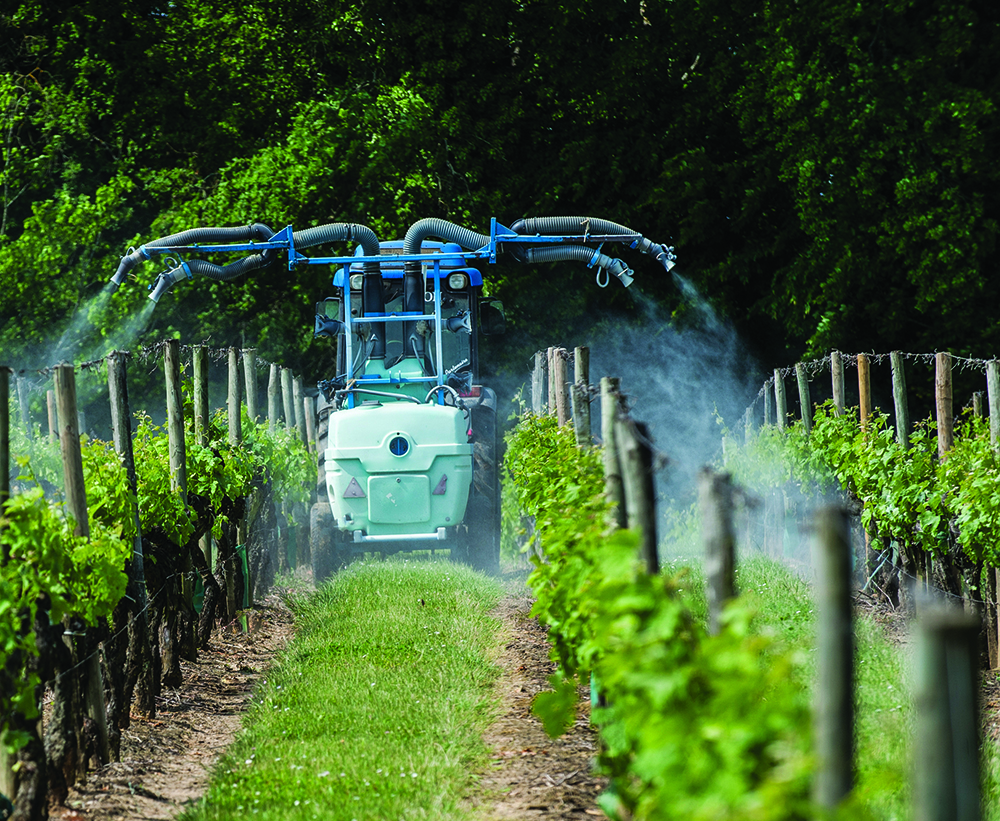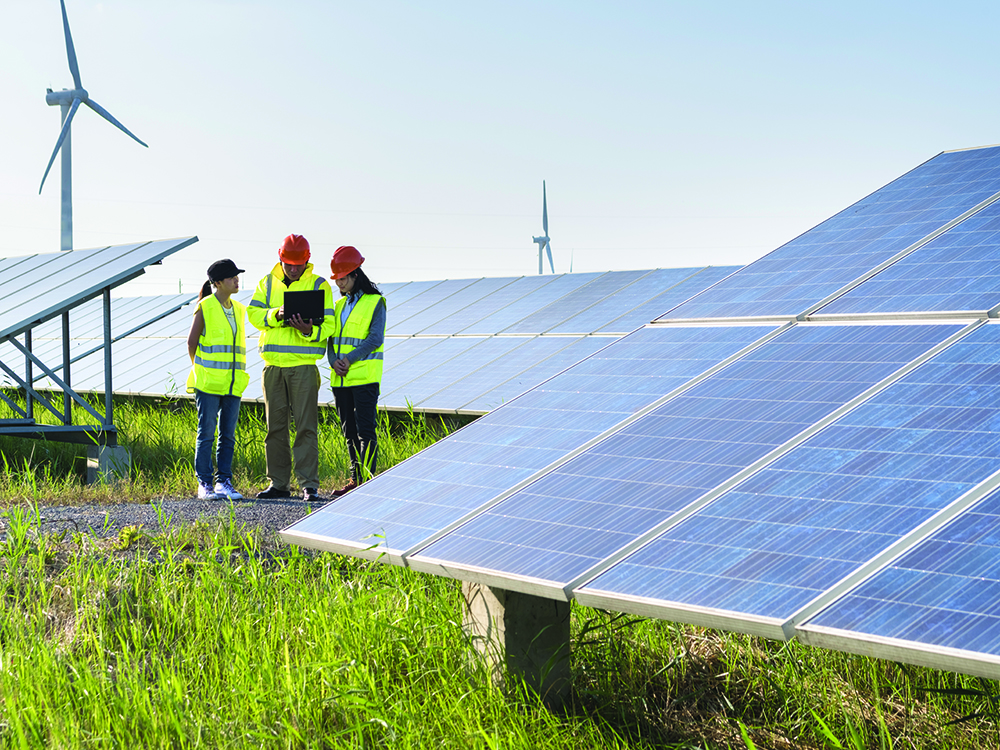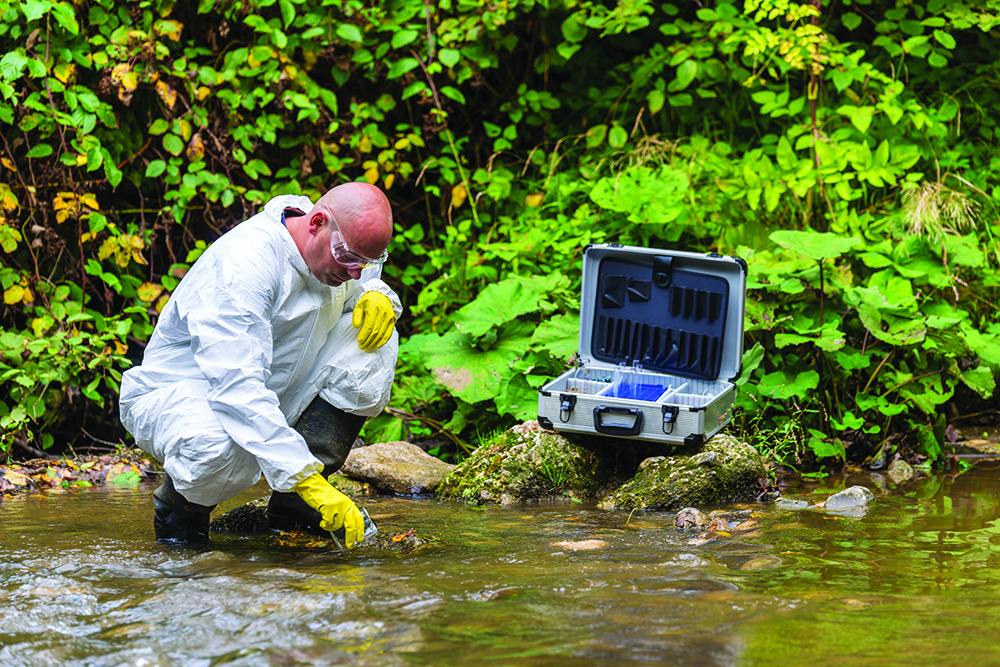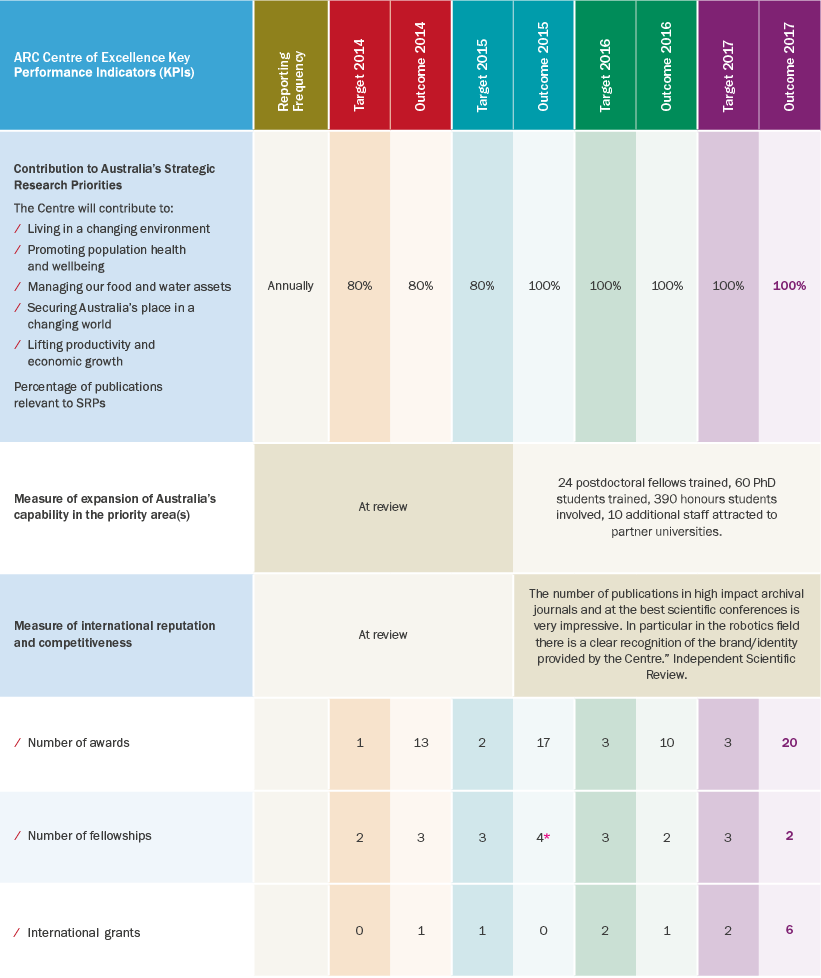The Australian Government Science and Research Priorities
In 2015, the Australian government defined a set of nine national Science and Research Priorities that we have mapped our Centre’s research against. The Priorities that overlap with the Centre’s research are highlighted in bold text.

Food
- Demand, supply chains and the identification of country specific preferences for food Australia can produce
- Social, economic and other barriers to achieving access to healthy Australian foods
- Enhanced food production through:
- novel technologies, such as sensors, robotics, and real-time data systems and traceability, all integrated into the full production chain
- better management and use of waste and water; increased food quality, safety, stability and shelf life
- protection of food sources through enhanced biosecurity
- genetic composition of food sources appropriate for present and emerging Australian condition
Soil and water
- New and integrated national observing systems, technologies and modelling frameworks
- Understanding sustainable limits for productive use of soil, water, terrestrial and marine ecosystem
- Restoration and remediation of soil, fresh and potable water, urban catchments and marine systems
Transport
- Low emission fuels and technologies for domestic and global markets
- Urban design, autonomous vehicles, electrified transport, sensor technologies, real time data and spatial analysis
- Effective pricing, operation and resource allocation

Cyber security
- Highly secure and resilient communications and data acquisition, storage, retention and analysis
- Secure, trustworthy and fault-tolerant technologies
- New technologies and approaches to support the nation’s cyber security
- Understanding the scale of the cyber security challenge for Australia
Energy
- Low emission energy production from fossil fuels and other sources
- New clean energy sources and storage technologies
- Australian electricity grids that can readily integrate and more efficiently transmit energy

Resources
- A fundamental understanding of the physical state of the Australian crust, its resource endowment and recovery
- Knowledge of environmental issues associated with resource extraction
- Lowering the risk to sedimentary basins and marine environments due to resource extraction
- Technologies to optimise yield through effective and efficient resource extraction, processing and waste management
Advanced manufacturing
- Knowledge of Australia’s comparative advantages, constraints and capacity to meet demand
- Crosscutting technologies that will reduce risk, scale up and add value to Australian manufactured products
- Specialised, high value-add areas such as high-performance materials, composites, alloys and polymers

Environmental change
- Predicting and measuring the impact of environmental changes caused by climate and local factors
- Resilient urban, rural and regional infrastructure
- Options for responding and adapting to the impacts of environmental change on biological systems, urban and rural communities and industry
Health
- Better models of health care and services that improve outcomes, reduce disparities for disadvantaged and vulnerable groups, increase efficiency and provide greater value for a given expenditure
- Improved prediction, identification, tracking, prevention and management of emerging local and regional health threats
- Better health outcomes for Indigenous people, with strategies for both urban and regional communities
- Effective technologies for individuals to manage their own health care

National Benefit (KPIs)

